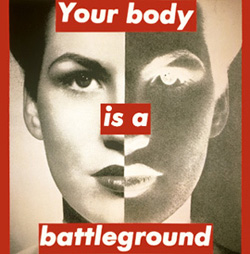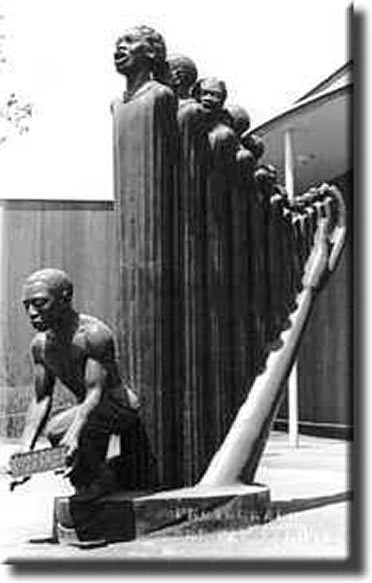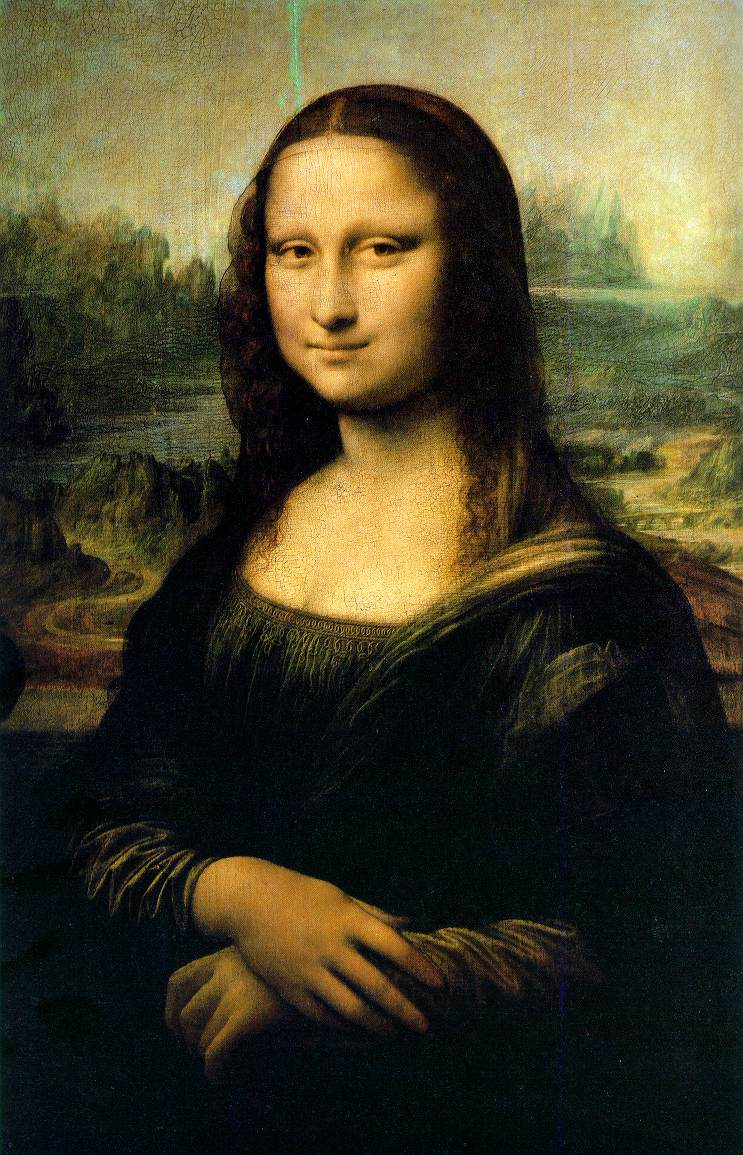Louise Bourgeois was born on December 25, 1911 in Paris, France to Josephine Fauriaux and Louis Bourgeois. Louise was the second of three children, her mother and father ran a antique tapestry gallery. Louise father was soon drafted in the army during World War I, while er mother filled her children minds with anxiety and fear, but this is where she began her first works of art creating and drawing missing pieces of tapestry for her parents gallery and restoration business.These personal problems can be seen in her work where " her father's mistress residing with the Bourgeois family, would come to inform Bourgeois' artwork, which is highly diaristic. Many of her works focus on sexual desire and confusion, and she has said that many of them stem from early childhood narratives (The Art Story).
 As a child Louise did not choose to become an artist where her education varied greatly studying in many schools .In1938, Bourgeois opened a print shop next to her parents' business, where she met Robert Goldwater an art historian. Robert soon became Bourgeois's husband, causing her to move to New York with him. At this time Bourgeois was an engraver and painter, but in the 1940's moved toward sculpting. Where Goldwater introduced her to many artists such as, "such as Willem de Kooning, Franz Kline, and Louise Nevelson, as well as critics and art dealers like Clement Greenberg and Peggy Guggenheim ( The Art Story)
As a child Louise did not choose to become an artist where her education varied greatly studying in many schools .In1938, Bourgeois opened a print shop next to her parents' business, where she met Robert Goldwater an art historian. Robert soon became Bourgeois's husband, causing her to move to New York with him. At this time Bourgeois was an engraver and painter, but in the 1940's moved toward sculpting. Where Goldwater introduced her to many artists such as, "such as Willem de Kooning, Franz Kline, and Louise Nevelson, as well as critics and art dealers like Clement Greenberg and Peggy Guggenheim ( The Art Story)
During the 60's she began to use and experiment with latex, fiber glass, plaster and rubber. With this she created abstract and organic pieces These organic pieces were "so sexually referential that critics and fans imbued her work with deep psychological import and linked Bourgeois' work to Surrealism" (The Art Story).
While during the 70's Bourgeois was a political and socialist feminist creating sexually explicit work which incorporated the female body. As with her Fillettes series which embodied all of the aspects from the latter. Although she was an artists for many years prior to this piece , it was at this point where she " became a successful artist. Bourgeois has had major exhibitions and retrospectives in major museums such as the Tate Modern, London, Centre Pompidou, Paris, Museum of Modern Art, New York" ( L & M Arts)
Louise Bourgeois went through Surrealism and Abstract expressionism in New York and France. her Art work helped create a feminist movement continuing to influence new artists till this day. Louise Bourgeois passed away at the age of 98 on May 31, 2010 in Manhattan
Works Cited
The Art Story" Louise Bourgeois" http://www.theartstory.org/artist-bourgeois-louise.htm
Dec.22.2012
L & M Arts Louise Bourgeois http://www.lmgallery.com/artists/louise-bourgeois/
Dec.22.2012
Louise Bourgeois http://metroartwork.com/popup_all-artists_info.php?manufacturers_id=224
Dec.22.2012

































